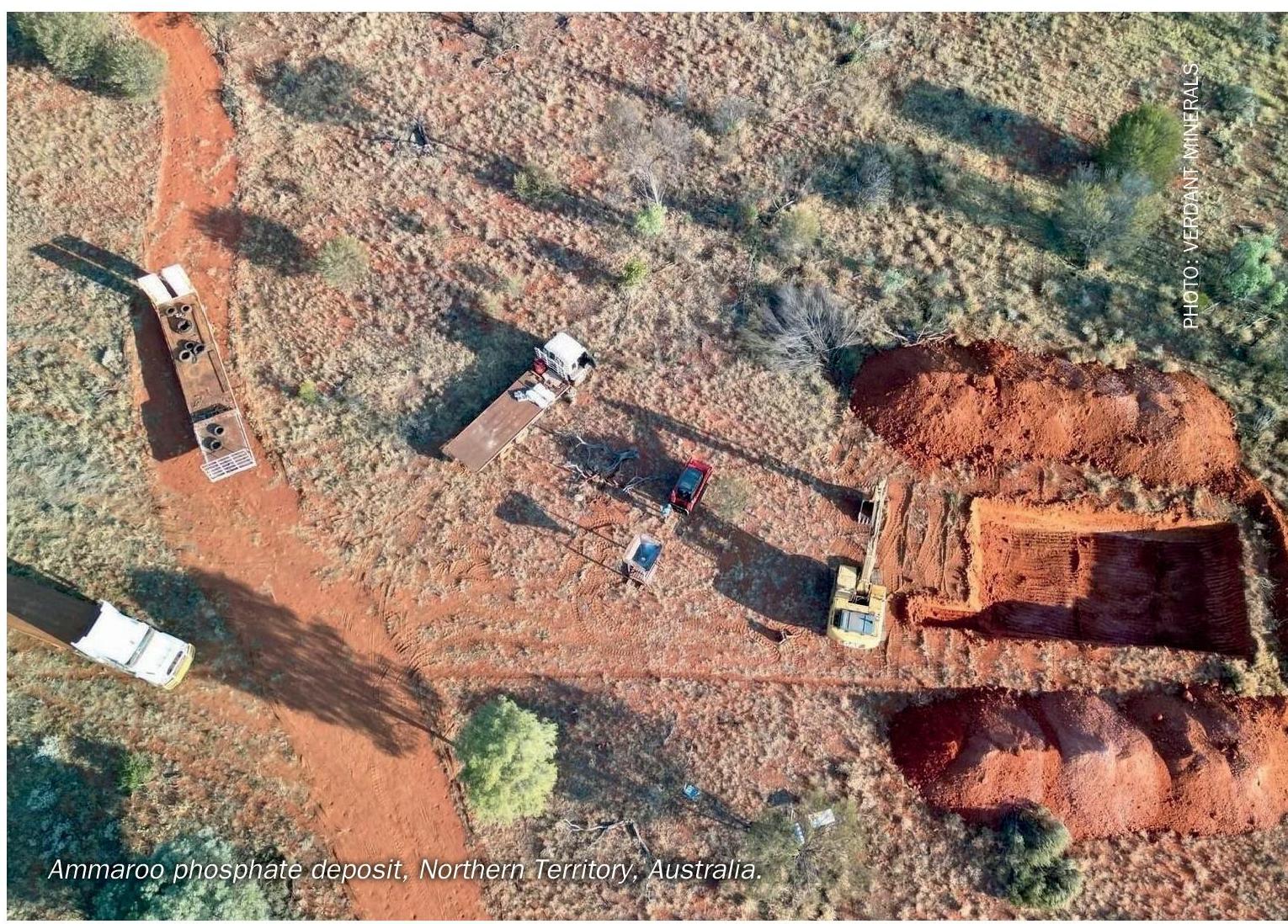Nitrogen+Syngas 392 Nov-Dec 2024
30 November 2024
Financing green plants
NEW PRODUCTION
Financing green plants
With a large number of green ammonia projects under development, financing remains the greatest hurdle to getting ventures off the ground.
In order to decarbonise the industry, ammonia production is going to have to move to various forms of green and blue production over the next 20-25 years. Indeed, if ammonia is also used to transfer hydrogen atoms from place to place, and to provide a relatively clean burning fuel for the shipping industry, as well as a side stream for coal fired power stations as various Asian countries are planning, then not only will the present and future fertilizer and industrial demand need to be converted, but possible as much again new capacity need to be constructed.
Unsurprisingly, project activity has therefore been intense in the past couple of years, with dozens of new projects being announced, from small scale pilot studies and side streams to huge complexes intended to provide large scale production. However, the final step, to final investment decision and project construction, remains elusive, with many projects running into trouble with tying down financing.
Substantial capital will be required to develop this new industry. Estimates range from $80-300 billion from now until 2030, and the IEA estimates up to $2.5 trillion will be needed for low-carbon hydrogen production alone out to 2050. Broadly speaking, project finance can come from three sources; government grants, raising debt from banks, and issuing equity. Where the project sponsor is a government agency or state-owned company, there is often a kind of hybrid of all three.
Debt
Incurring project debt means convincing a bank (or more likely a consortium of lenders) to risk money on a scheme. In order to grant the loan the lender is likely to require assurances in terms of mitigation of risks; commercial, technical and political. Reduction of risk reduces the cost of servicing debt, which can be make or break for project economics. Guaranteed offtake agreements from a creditworthy customer can be vital in this regard, as they signal guaranteed income stream for the project. This is also why greening existing uses for hydrogen/ammonia may be most attractive to lenders, as the customer base already exists for fertilizer or industrial uses, whereas, e.g. demand from shipping companies still remains speculative at present, which has been the downfall of several projects this year.
Political risk
As noted recently by the Ammonia Energy Association, global policy ambitions aim for 11 million t/a of low-emission hydrogen by 2030 – already 3 million t/a down from last year, while projects reaching a final investment decision only account for 3.4 million t/a. The AEA remarks that: “clear policy actions are required to drive demand.” EU mandates for low carbon aviation and shipping fuels and other incentives are helpful in this regard, as are the financial incentives provided by the US Inflation Reduction Act, but whether the latter would survive a Trump presidency remains an open question.
Technical risk
Building large scale low carbon ammonia plants has a degree of technical risk, though the individual parts are often well understood. Electrolysis is a mature technology, as is ammonia synthesis, but coupling ammonia production to a variable power input is a technical challenge that licensors are currently grappling with. Conversely, blue production from existing plants with the addition of carbon capture, utilisation or storage has lower upstream risk, but large scale CCUS has technical challenges with the acidity of high pressure CO2 on process equipment. Then there is logistics. One of the reasons that ammonia has come to dominate low carbon hydrogen production is to lower the technical risk, as large scale hydrogen storage and transport remains difficult and expensive, while for ammonia it is already an existing and well understood industry. At least until some track record has been demonstrated, lenders will have a heightened concern about completion risk, and may require completion guarantees.
Government finance
Government finance can be very helpful in guaranteeing capital costs and, via loan guarantees, particularly from export credit agencies or development banks, in lowering the cost of capital for projects, but generally it is limited in availability and usually it will require at least matching funding from private interests. A permissive tax environment or guaranteed offtake from government agencies can often be more important than one-off grants.
Equity
Equity issue is only really an option for state owned entities or existing large private companies with a demonstrable track record of project development, particularly oil, gas or fertilizer majors. They have the ability to fund projects from equity, even if the economics are uncertain, or the project risk is high, rather than relying on bank lending, provided that they believe in the fundamentals of the project.
Project ownership models
Ownership models can be a way of spreading risk across project partners to make a project more attractive overall. For example, a company that owns the production facilities may enter into tolling arrangements with its customers, whereby the customer is responsible for the supply of the inputs (e.g. electricity and water), and will pay a tolling fee to the project developer to produce the ammonia. This insulates the developer from variable supply costs and provides for a predictable revenue stream that would support the financing.






